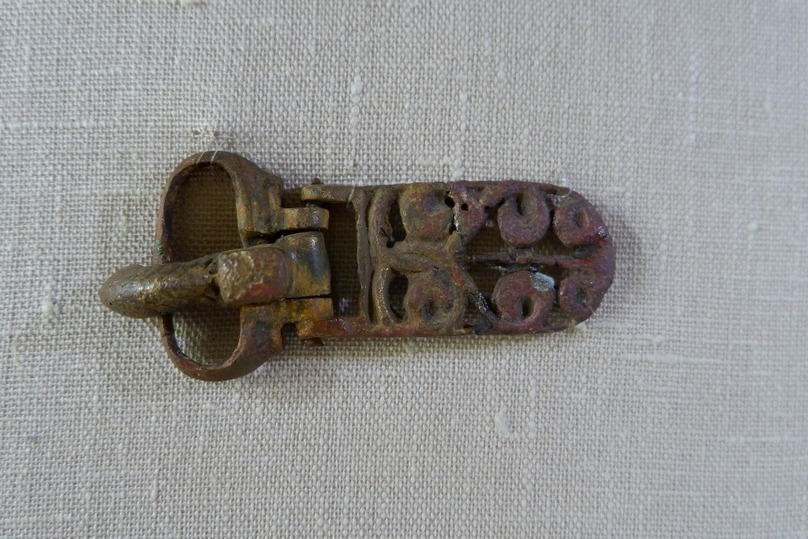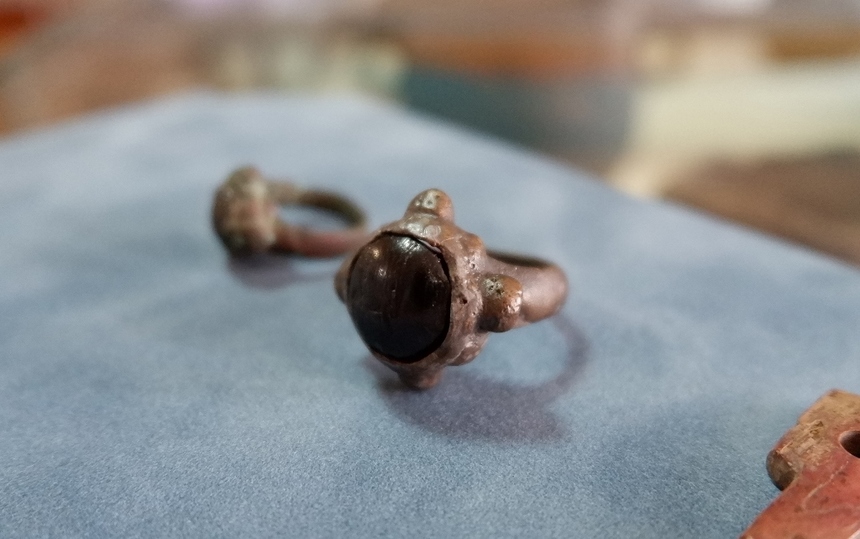More than 50 new artifacts were presented in the “Astrakhan Land of Antiquity” hall. They tell about the region in the period of the VIII-XI centuries, the time associated with the development of these lands by the Khazar Kaganate, then by the Oguz tribes and the founding of the trading city of Saksin. Museum guests will see artifacts from the 20th century excavations on the territory of the Moshaik village, Samosdelsky settlement.
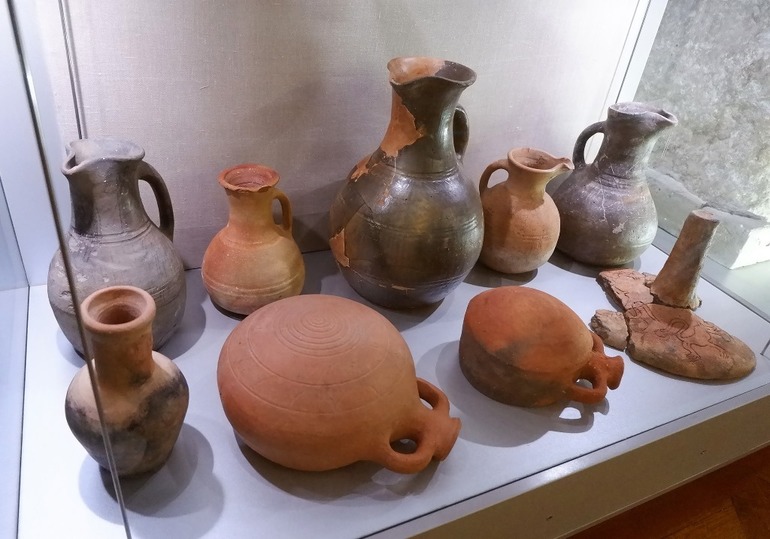
For the first time, visitors will see the earliest Christian shrine known in our region. This is a bronze pendant depicting the Byzantine Emperor Heraclius. She was found in the sands of the Enotaevsky region. It displays a number of Christian symbols, including the three-altar cross, symbolizing Golgotha. This exhibit is a vivid example of the presence of the Christian population on the territory of the Astrakhan region already in the 7th-8th centuries.
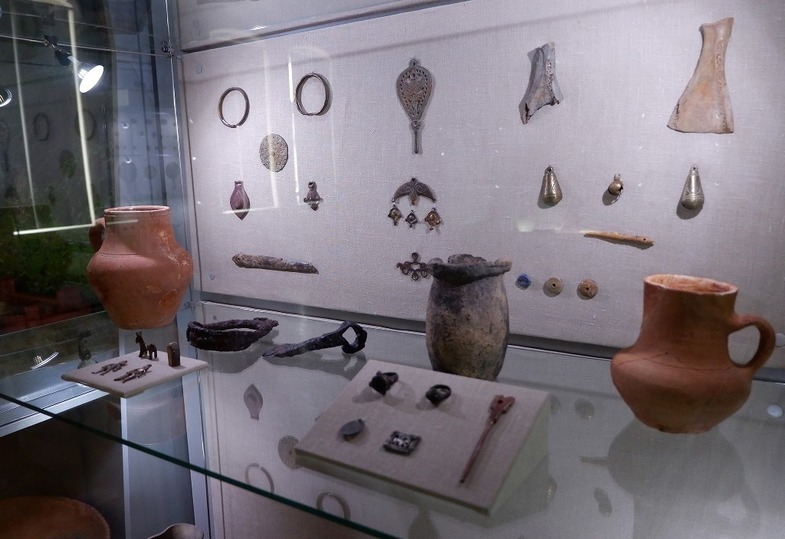
The pendant is believed to be one of six known similar items found in Eurasia. Previously not exhibited were belt buckles, belt pads, a quiver hook and bone bows of the Khazar period, ornaments. Among ceramics and household items, a chess piece – an elephant made of bone – is of particular interest.
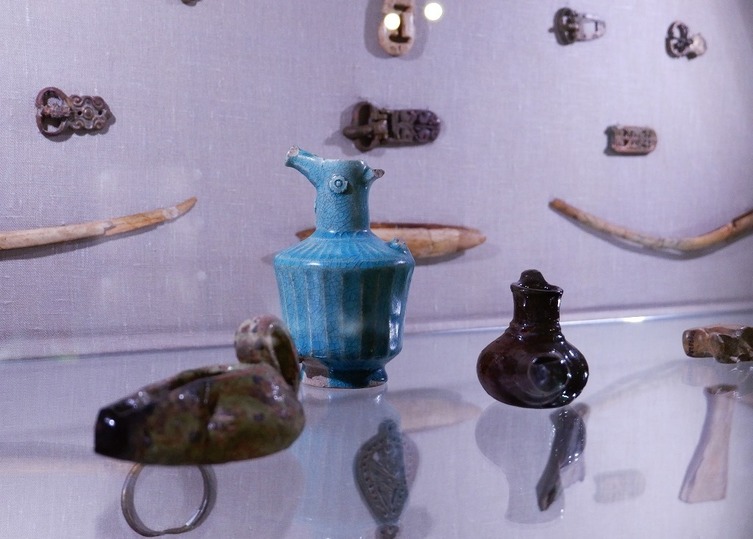
The showcases display bronze koposhki and bird-shaped stripes found in the Oguz burials of the second half of the 10th – first half of the 11th century. Presumably, in addition to the decorative function, they performed a sacred role: they were supposed to protect children and women from manifestations of evil. Very often, kopoushki were part of a rich toilet set – neck, chest or belt.
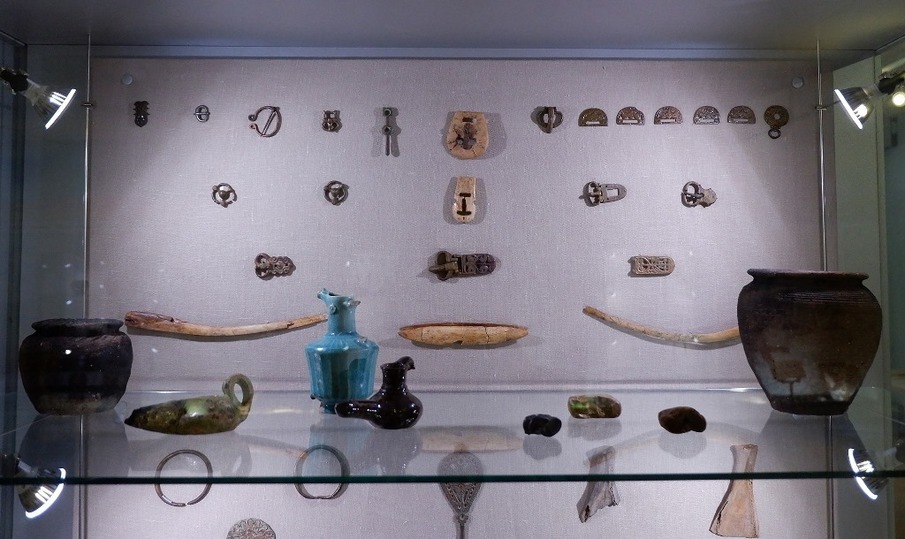
One of the most interesting exhibits is a specimen of metal-plastic made in the shape of a horse. The figurine was discovered during the excavation of a medieval well.
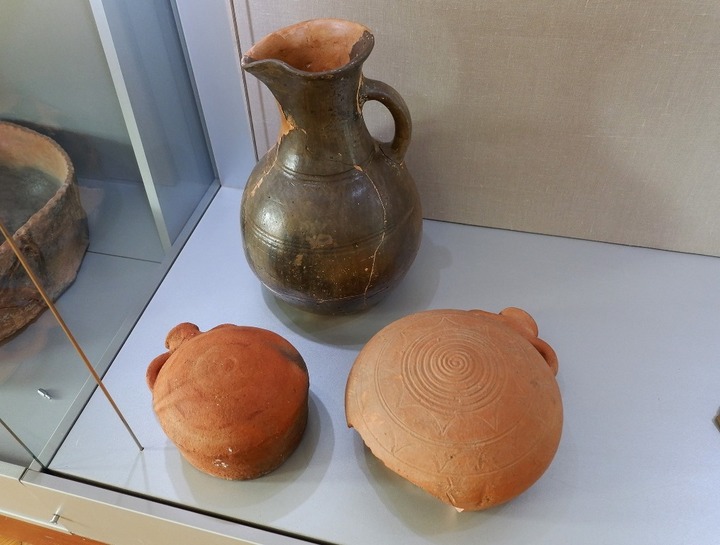
We add that today the exposition “Astrakhan Region in Antiquity” presents over 2 thousand items.
